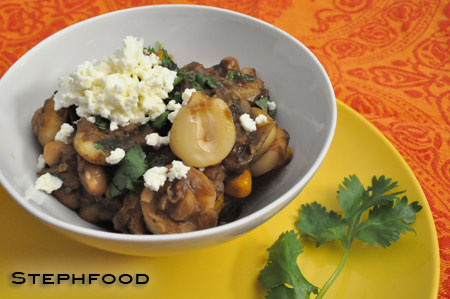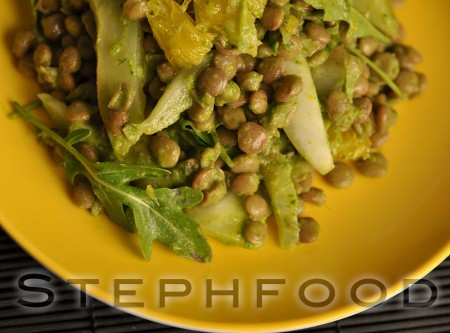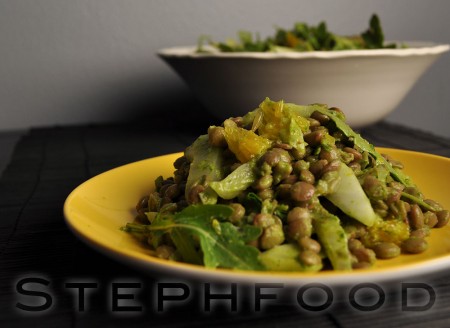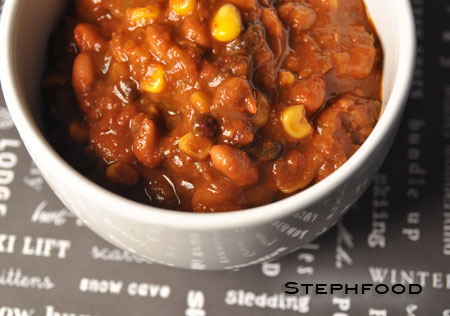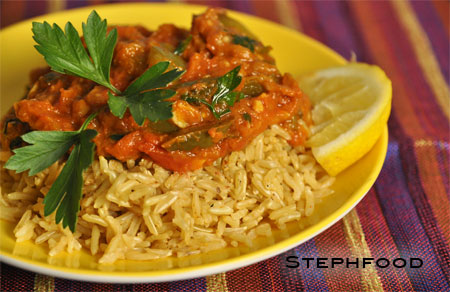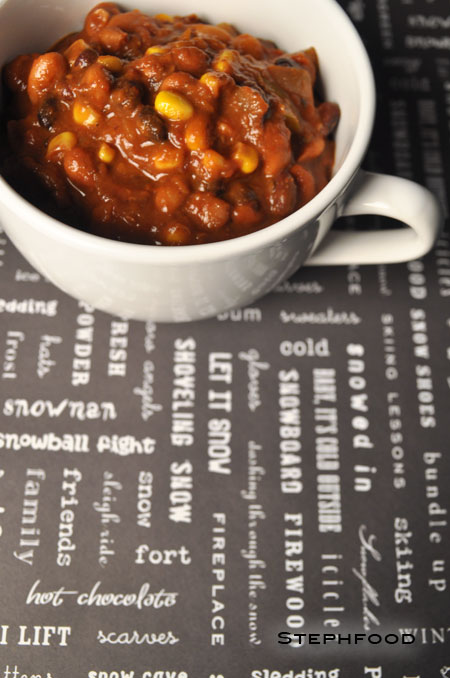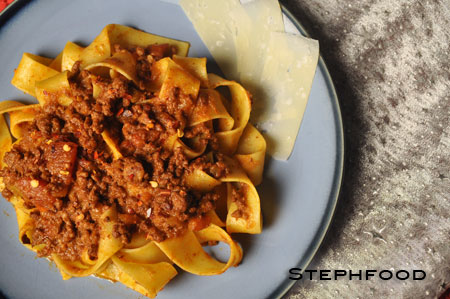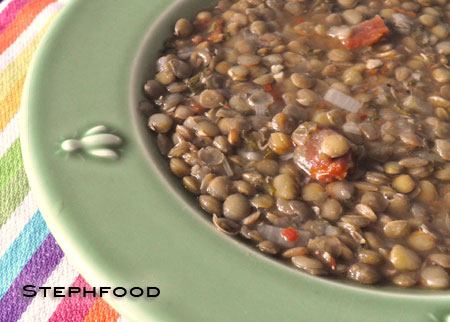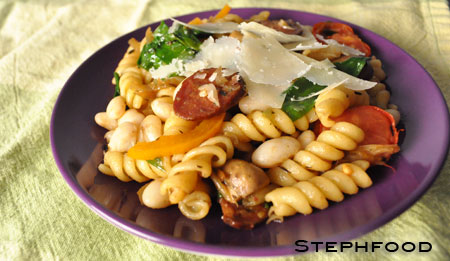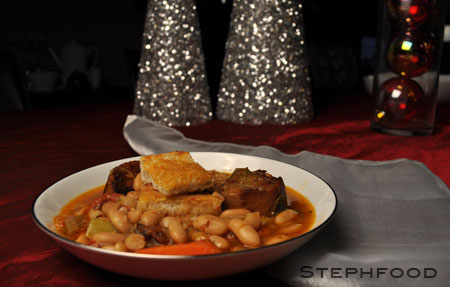Salad season is here, and I’m back on the hunt for salads with substance. This lentil salad is full of good stuff.
One thing you may notice when looking at the recipe… my photos are missing the feta. Man, oh, man! Don’t forget the feta! Sure, the salad was great without it, but the feta adds a great tang and saltiness that makes it so much better. Initially, I was going to leave the feta “optional”. No longer.
You are not allowed to skip the feta.
I love lentils, but they feel like such a winter food. Stews, soups, rich sauces – they’re mostly associated with winter comfort food. I wanted to show how easy it is to incorporate them into summer cooking. They are so incredibly good for you, and are really quick to cook up from dry.
Lentil Salad with Fennel, Arugula and Orange
Ingredients
- 2 cups dried lentils (green or brown)
- 4 cups arugula
- ⅔ cup olive oil
- 1 large orange
- 1 small garlic clove, peeled
- salt and pepper, to taste
- 1 small fennel bulb, quartered
- feta, crumbled, to serve
Preparation
- Add dried lentils to a large pot of water. Bring to the boil, turn off the heat and leave for 30 minutes. The lentils should be tender, but still intact.
- Once cooked and drained well, put into a large bowl.
- While the lentils are cooking, grill the fennel quarters just until they have some grill marks on them. Remove from the grill and set aside.
- Zest the orange until you have 1 teaspoon. Set zest aside.
- Half the orange, and juice one half. You should have about ¼ cup of orange juice. Add juice to reserved zest and set aside.
- Carefully cut the orange segments out of the last half of the orange. Carefully peel off and discard the membrane covering the segments and pull the orange apart into smaller pieces. Add to the fennel and set aside.
- Put half the arugula, olive oil, garlic, and the orange zest and juice into a food processor. Process until smooth. Season with salt and pepper and gently toss with the lentils.
- Fold in the rest of the arugula, grilled fennel and orange segments.
- Crumble a bit of feta on top and serve.
